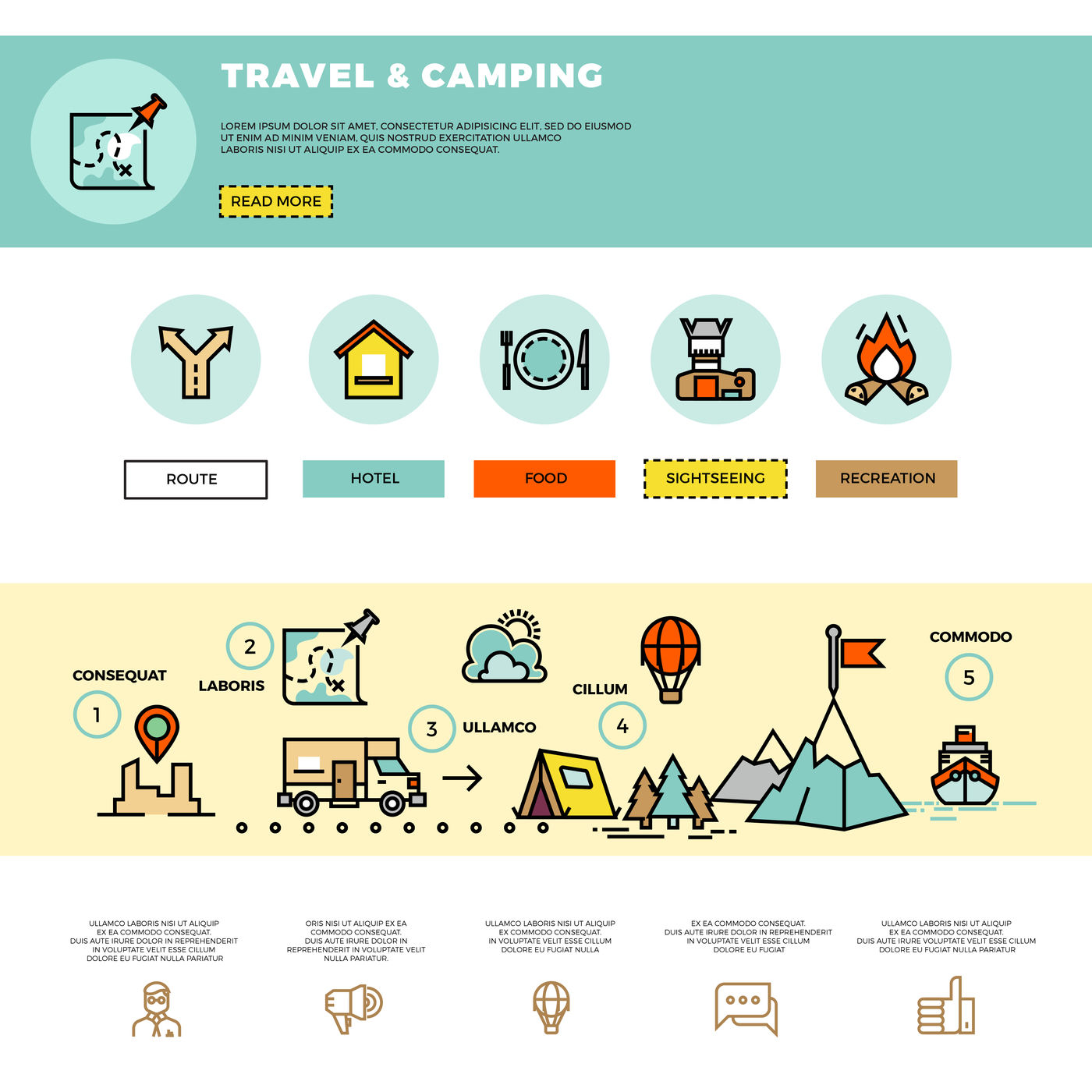Outdoor tents impacts are a wonderful means to secure your camping tent floor from abrasions and extend its functional life. Almost all equipment makers use their own brand-specific footprints that are designed to match their specific outdoor tents versions.
How much does a canvas tent weigh?
This tailored technique offers simplicity of arrangement and reduces the threat of rainwater seeping in with the seams.
What are they?
Camping tent impacts (likewise called tent ground sheets or under camping tent pads) provide a layer of security in between the base of your tent and the outside setting. They safeguard your camping tent from sharp objects, wetness, and unpleasant surface areas.
Many outdoor tents suppliers use their own top quality footprints created to fit flawlessly with their designated sanctuary models. Nevertheless, these are generally pricey and relatively hefty compared to DIY alternatives like Polycryo or Tyvek.
Footprints are normally made from resilient, waterproof materials such as polyurethane, nylon or silnylon. For ultralight backpackers looking for to decrease pack weight, there are also lightweight, high-strength choices made from Cuben Fiber (Dyneema). It's important to select a footprint that's a little smaller than your tent to stop rain from trickling down the sides of your shelter and channeling below you while you sleep-- nobody intends to wake up in a pool! An impact is a rewarding addition to any type of camping trip. It assists make sure a lengthy life-span for your tent while adding comfort and assurance.
Exactly how crucial are they?
Outdoor tents footprints safeguard the base of your camping tent from abrasion and wetness, assisting to expand its life-span. They're generally constructed from waterproof and dirt-resistant products like polyethylene or a light-weight oxford polyester, though the denier of the fabric will vary (the greater the denier number, the thicker and burlier).
Most footprints are made to exactly match the form of your outdoor tents's flooring, which aids decrease product waste. Several have grommets or loopholes where you can weave guylines for stress and risks, making sure that the impact is safely held down.
If you camp in rough terrain or areas where there's a lot of downed branches and sharp rocks, a tent impact is well worth the included weight and mass. Yet if you often camp in completely dry, sandy or rocky conditions, a footprint may be excessive. A tarpaulin is a far better choice in that situation.
Do you generally pack one?
If you're camping on a very level surface area where rocks and sticks aren't a problem, a camping tent footprint probably isn't necessary. If you remain in the backcountry with a great deal of harsh terrain, a footprint can make life much easier.
Impacts are normally sized somewhat smaller than the base luxury camping of the tent. That's due to the fact that a bigger impact would catch rainfall and channel it under the camping tent, where you could awaken in a pool.
Nevertheless, footprints can be expensive and hefty if you get one from the producer of your tent (the Big Agnes Tiger Wall surface UL 2 impact, for instance, costs $70 and considers 6 ounces). You can save cash and weight by making your very own DIY footprint by reducing a piece of Tyvek or other water-proof material to the exact dimensions of your sanctuary. You can even add grommets for very easy accessory. The main advantage of a footprint is that it helps to shield the floor of your backpacking tent from unpleasant aspects such as rocks and twigs.
Just how do you keep them clean?
A supplier's footprint can add considerable weight to your shelter system and if you're an ultralight backpacker attempting to save every ounce, it might not deserve it. Because of this, many backpackers will certainly use a do it yourself groundsheet that's constructed out of something like Tyvek or Polycryo and cut it to dimension for their tent impact.
This choice is reasonably affordable and will shield your camping tent from dampness, rocks, thorns, sticks, and so on, while also assisting to keep all-time low of your tent completely dry.
If you do choose to acquire a footprint, make certain it's developed especially for your particular outdoor tents as this will help in reducing water pooling around the sides of your shelter. As an example, if your tent impact is too huge and extends past the side of your rainfly, it will gather rains which can leak right into lighter-weight tents and possibly wear down the floor. Make certain it fits your outdoor tents relatively well to avoid this.
Can you live on a campsite?
